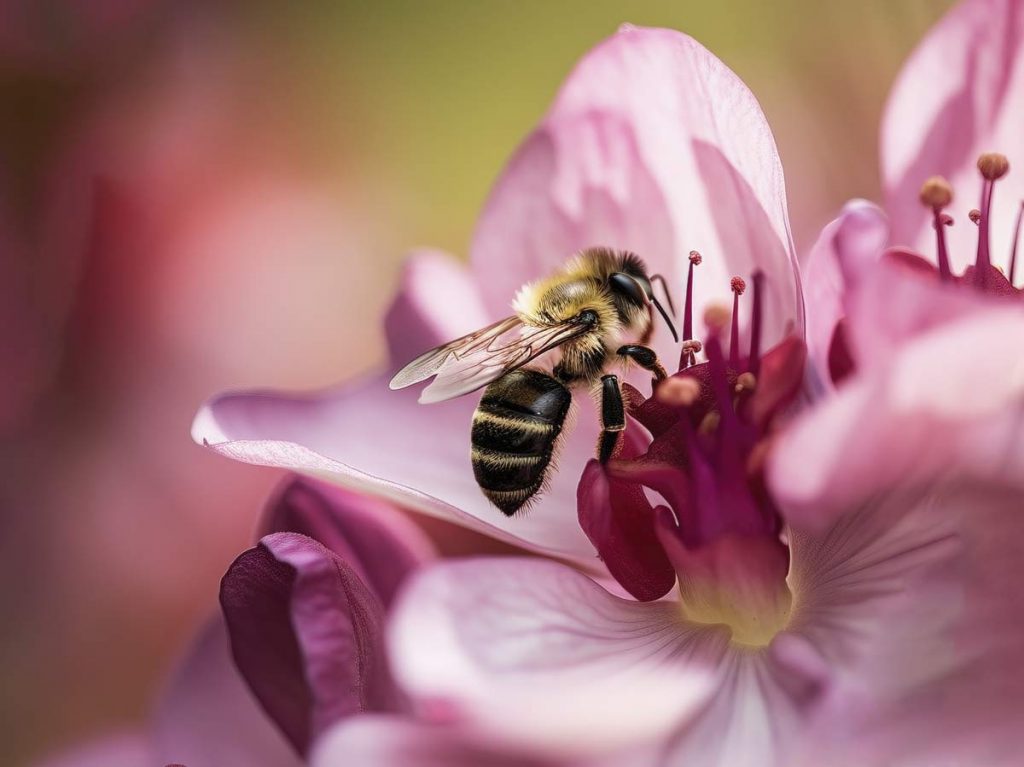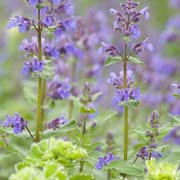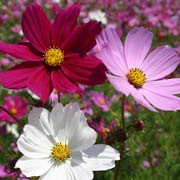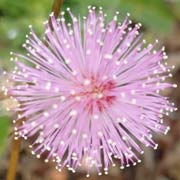25+ Bee-friendly Plants and Flowers: Illustrated List
Bees play an integral ecological role as pollinators, facilitating over 75% of flowering plant reproduction to ensure biodiversity. With alarming declines in vital bee populations due to factors like habitat loss, providing bees with nectar and pollen sources has become increasingly important. This article offers a detailed, illustrated list of over 25 bee-friendly plants and flowers to help gardeners support bees.

Understanding Bee-Friendly Plants
Bee-friendly plants provide easily accessible nectar and plentiful pollen to fuel all bee species. Flowers with open shapes, single petals, bright colors, distinct nectar guides directing bees to food rewards, and little to no interfering fragrance attract the most bee visitors. Native plants specifically suited to local pollinators and blooming during active seasons are especially beneficial. Providing diverse, abundant year-round floral resources encourages both native and managed bee diversity and abundance. Robust native bee populations then reciprocally enhance garden health and productivity via increased pollination.
What to Plant for Bees? Best Plants
The following plants offer excellent multifunctional bee forage. Those marked with * are native Ontario plants.

Aster* – Colorful late-season Symphyotrichum novae-angliae blooms provide an important autumn food source for many bees.

Borage – Borage officinalis’ star-shaped edible flowers yield abundant nutritious nectar, making this a must for any herb garden.

Catmint* – Long-blooming aromatic Nepeta cataria flowers produce copious nectar rewards. The fragrant foliage also appeals.

Coneflower* – Echinacea species like purple coneflower provide sturdy, long-lasting daisy-like landing platforms. The large exposed pollen supply additionally nourishes bee brood.

Cosmos – Cheerful annuals like Cosmos bipinnatus yield plentiful nectar and pollen from summer into fall.

Goldenrod* – Late-flying bees flock to upright inflorescence clusters of tiny yellow Solidago flower heads, an invaluable autumn carbohydrate source.

Lavender* – Sweetly fragrant Lavandula angustifolia blooms in summer, enticing bees to harvest its abundant nectary glands.

Squash/Gourds* – Cucurbita species like butternut squash require bee pollination, rewarding flower visitors with copious nectar and pollen.

Sunflower* – Single-flowered Helianthus annuus’ massive summertime flower heads provide late-season sustenance for bees. Native bees also nest amidst their sturdy stalks.

Touch-me-not* – Balsaminaceae impatiens species produce explosive flowers, tempting bumblebees to sonicate (vibrate) them using buzz pollination for efficient pollen release.

Willow* – Early emerging spring Bombus bees feast on nutritious Salix pussy willow flower nectar, gathering protein-rich yellow pollen to nourish developing brood.
Categorizing Bee-Friendly Plants
Grouping plants by type and benefit helps tailor bee gardening goals:
Bee-Friendly Shrubs:
Bluebeard shrubs like Caryopteris x clandonensis provide late-summer nectar when other florals dwindle. Evergreen ceanothus species bloom early, enticing spring bees.
Flowers Bees Love:
Colorful single-flowered annuals (zinnias, cosmos), perennials (bee balm, blanketflower), herbs (borage, rosemary) and spring bulbs (crocus, snowdrop) all entice hungry pollinators.
List of Plants for Bees:
Beyond flowers, beekeepers interplant black locust trees for ample spring pollen provision. Spicebush offers some of the first essential pollen for native bees. Brambles like raspberry and blackberry give both nutritious pollen and renewal nesting sites.
Bumble Bee and Honeybee Friendly Plants:
Tomato flowers serve bumblebees best with their “buzz pollination” technique. Shallow sunflower and daisy flowers suit short-tongued honeybees. Both major bee species revel amid clover like red clover or Dutch white clover.
Seasonal Bee-Friendly Plants:
Offer critical early season rations with pussy willow, spicebush, crocus, grape hyacinth. Summer stalwarts include coneflowers, zinnias, salvias, cosmos. Autumn sustainers include asters, goldenrods, single-flowering dahlias. Plant evergreen shrubs like Oregon grape holly for winter hummingbird/bee fare.
Bee-Friendly Plants in Ontario and Other Regions
Native milkweeds like Asclepias syriaca/tuberosa offer vital food for bees and Monarch butterflies across central Ontario. Out east, wild lowbush blueberry (Vaccinium angustifolium) heath flowers provision critical bee food. California golden poppies welcome all pollinators to western gardens. Wherever you garden, plant regionally native species.
Planting Tips for a Bee-Friendly Garden
To create an ideal garden habitat for bees:
- Choose a spot with full sun at least 6 hours daily. Areas against warmth-retaining walls or fences work well.
- Remove any lawn grasses. Contour the area with small sunny mounds and slopes to provide microclimates.
- Dig in 3-6 inches of compost to enrich soil nutrients and drainage. Rake smooth.
- Arrange drought-tolerant bee plants together in vibrant drifts of at least three-square feet. This concentrated bounty is more enticing than sparse plantings.
- Sow wildflower seeds like asters directly into prepared soil. Transplant seedlings or potted plants 12-24 inches apart depending on mature size.
- Add diverse flowering plants that bloom in sequence for continued blooms from early spring to late fall.
- Include flat-topped flowers for short-tongued bees and tubular flowers to support species with longer mouthparts.
- Let flowering plants go to seed for birds and bee nesting material. Leave dried hollow plant stems and a small unmulched patch of bare ground for tunnel-nesting.
- Avoid pesticides and chemical fertilizers which harm bees. Weed by hand instead.
- Install a shallow water source with protruding stones for drinking and bathing. Change water every few days to prevent mosquitoes.
Garden Plants to Avoid
Steer clear of modern flower cultivars with doubled petals or overpowering non-productive fragrance bred in for human pleasure over bee utility. Pesticide use seriously harms bees – adopt organic growing practices instead. Some invasive exotic blooms may diminish regional native plant regrowth important for sustainable beekeeping.
Creating pesticide-free, ecologically balanced habitat with diverse bee-friendly flowering plants rewards us with vibrant, productive gardens plus environmental stewardship opportunities. Follow this guide to select an array of blossoming bee buffets blooming from early spring through late autumn. Soon your landscape will be abuzz supporting our essential native and managed pollinators.
Benefits of Bee-Friendly Gardens
You’ll reap ecological benefits from supporting threatened native and managed bee diversity in your region while observing delightful flower visitors like bumble bees, sweat bees, mason bees, and honeybees. Abundant bee-powered pollination bolsters garden biodiversity and productivity. Share extra organic produce and unsprayed flowers to educate community members about supporting these vital pollinators.
